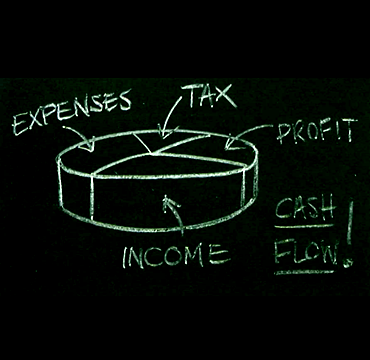I always advise my clients that if they are paying for advice, they should realize a superior return in exchange. My long time clients have received my quarterly Financial Planning Services newsletter for years. It states that “I am not a market timer. The strategy followed is buy and hold. This strategy reduces trading costs, taxes, and planner fees. ” Many financial advisors try to time the market. They say that their research lets them know when to buy or sell a stock or a fund. The problem with this strategy is three fold: 1) If you make a decision to sell, the market/stock could go up in value and you lose out; 2) When to buy? Many brokers buy/sell the same stock. I always say it is easy to sell and lock in your profit. It is more difficult to pick the right time to re-buy or re-enter the market; 3) Every time you buy/sell a stock/fund, you pay a commission. You lose money both from converting cash to investment and vice versa. The investment must go up in value to overcome this cost. In addition, every time you sell and make money, you have additional taxable income and must pay more taxes. Therefore, you have less money to reinvest with. Again, you must have a substantially better return on the new vs the old stock/fund for the buy/sell strategy to work.
Clients who follow my investment advice have index funds, large cap funds, or a diversified portfolio of individuals stocks. A portfolio of individual stocks works best in a taxable account. For tax purposes, clients will only pick up dividend income and the occasional gain from the takeover of a stock. In addition, I usually sell one losing stock per year to take advantage of the $3,000 annual loss rule for taxes.
Finally, I always advise clients that they should only be in the stock market if they believe it will go up over time. If clients believe, as I do, that the market will be higher in ten years than today, it is hard to justify frequent selling and buying. This only makes sense if one can outsmart the market. I buy market leaders in various industries and hold on to them. Because of that hold policy, I have stocks I bought for $5,000 that are currently worth more than $50,000. Clients that pay for my financial planning service are able to see the return on every investment that they own on a spreadsheet that is updated quarterly.
My client bulletin discusses “The Math of Buy and Hold” in more detail plus information on passive losses and succession planning. Please contact me if you need more information.
Read the complete newsletter here













